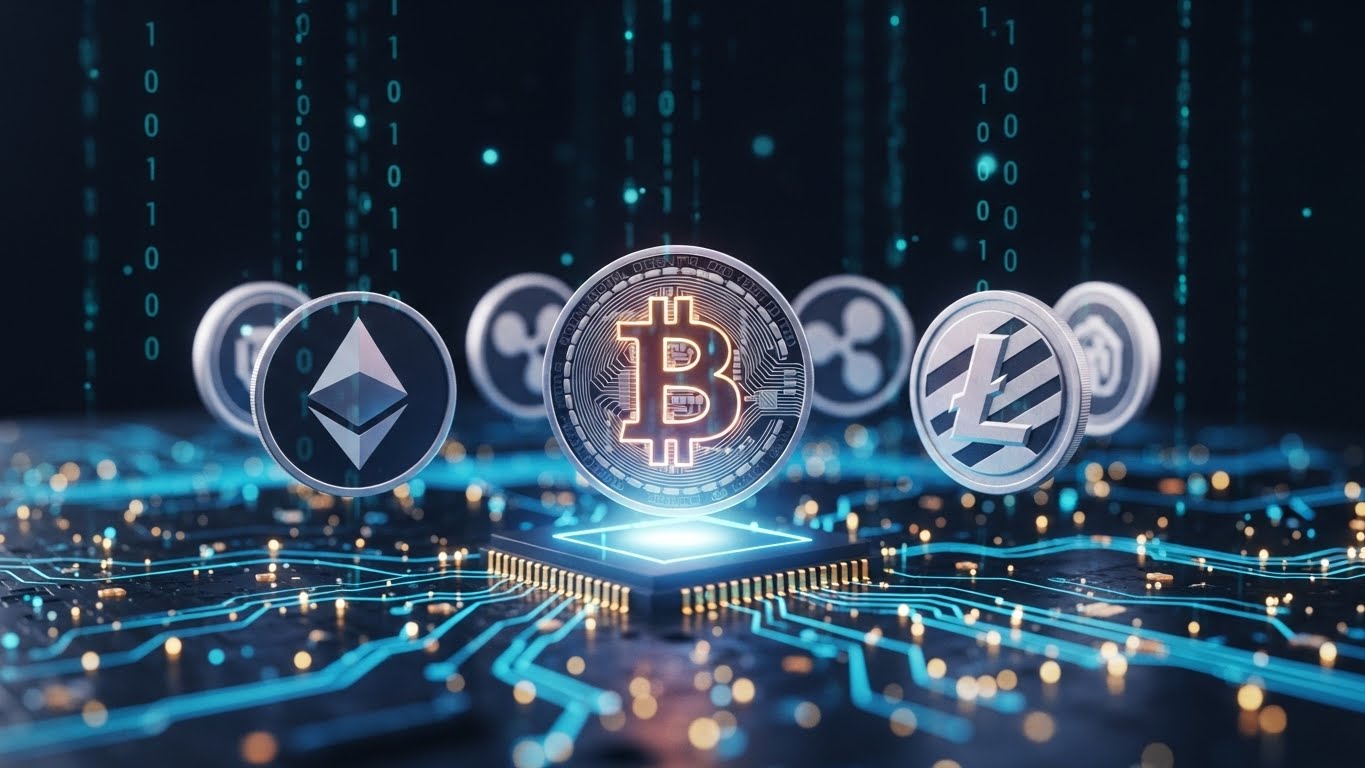Bitcoin and other cryptocurrencies rely on a process known as mining, where computational power is used to validate transactions and secure the network. However, as the difficulty of mining increases, it has become challenging for individual miners to succeed on their own. This article will give the answers to the questions: what is mining pool in blockchain, and how to set up a mining pool?
What is a Mining Pool?
A mining pool is a group of cryptocurrency miners who combine their computational resources to increase their chances of solving the complex cryptographic puzzles required to validate transactions. The purpose of mining pools is to unite resources, enabling participants to earn rewards more consistently compared to solo mining. When the pool successfully mines a block, the reward is distributed among the members based on the amount of computational power (hash rate) of a Proof-of-Work network they contributed.
Why Do Miners Join Mining Pools?
Miners join mining pools to increase their chances of earning cryptocurrency rewards. The difficulty of mining Bitcoin and other cryptocurrencies has reached a level where it is almost impossible for individual miners to generate sufficient hash power to solve blocks regularly. By participating in a mining pool Bitcoin, miners can share the work and the rewards, making the process more predictable and profitable.
Setting Up a Mining Pool
Below is a brief outline of the key steps involved:
- Decide which cryptocurrency you want to mine. While Bitcoin is the most popular choice, there are many other cryptocurrencies that miners may prefer based on factors like mining difficulty, potential rewards, and competition.
- Select the mining software. Ensure the software you choose is compatible with the cryptocurrency you plan to mine.
- Set up the server. A mining pool requires a dedicated server to manage the computational work and distribute the rewards. You will need to configure the server to run the mining software, manage the pool’s members, and handle the cryptocurrency transactions.
- Configure the pool by defining parameters like the pool’s fees, payment structure, and the method of reward distribution.
- Implement security measures such as DDoS protection, SSL certificates, and regular security audits to protect against potential threats.
- Promote and manage the pool. That can be done through online marketing, community engagement, and offering competitive fees. Ongoing management of the pool is necessary to maintain its performance, resolve issues, and ensure fair distribution of rewards.
A mining pool is a powerful tool for cryptocurrency miners seeking to maximize their efforts and ensure a steady income. While setting up a mining pool involves technical challenges and ongoing management, it can be rewarding for those with the knowledge and resources to succeed.


